Exploring the Cosmos: How the James Webb Telescope Inspires STEM
Written on
The Return of the 80s and 90s
The James Webb Space Telescope (JWST) is generating excitement in the world of STEM. This resurgence of interest in science and space echoes trends from the 80s and 90s, seen in everything from fashion to popular shows like Stranger Things, which nostalgically recreate those vibrant decades.
For those children who were captivated by the launch of the Hubble Space Telescope, it opened a portal to a world of exploration and discovery. Space camps became gateways to the furthest reaches of our galaxy, and students who followed Hubble's groundbreaking discoveries were inspired to pursue STEM fields even before the term became widely used. They grew up to emulate the trailblazers of science and exploration who came before them.
As a natural progression, many of these “Hubble kids” sought to push the boundaries even further, culminating in the creation of the James Webb Space Telescope. After years of meticulous planning and construction, JWST was launched on Christmas Day in 2021, captivating scientists and the public alike with its breathtaking images.
Incredible Discoveries with Webb
In October, one of JWST's remarkable images showcased a baby protostar nestled within its luminous cosmic cradle, garnering widespread acclaim.
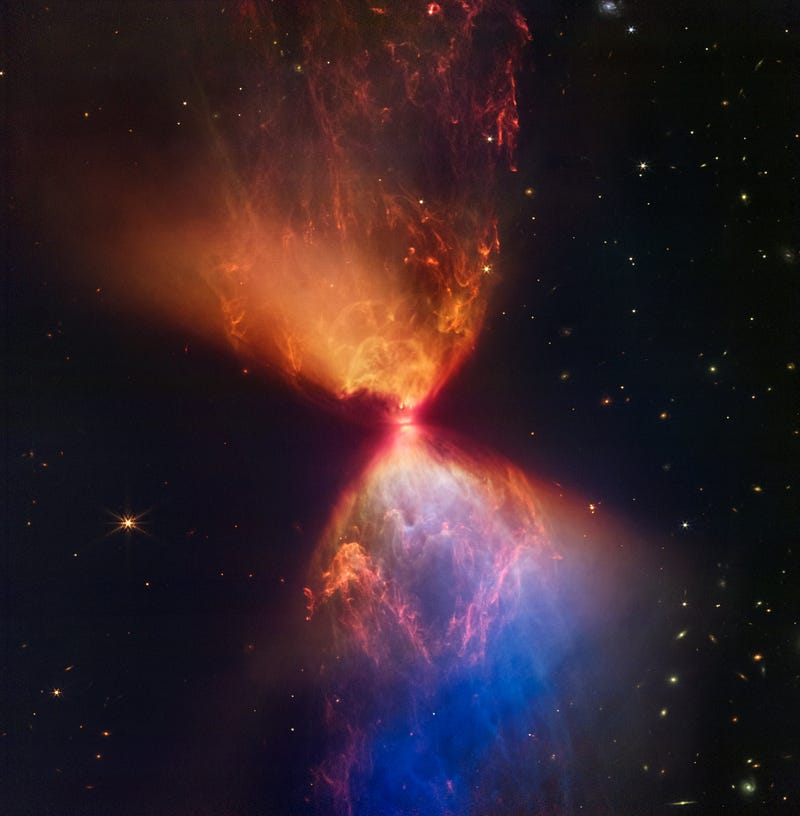
NASA describes the image: “An hourglass-shaped, multi-colored cloud stands out against the dark expanse of space, illuminated by a protostar in its early formation stages. The top bulb glows orange, while the lower bulb shifts from white to dark blue, resembling butterfly wings. Long, wispy filaments extend from each bulb, resembling flickering flames.”
NASA continues, “This protostar is a hot, puffy mass of gas, significantly smaller than our Sun. As it gathers material, its core heats up, eventually igniting nuclear fusion and forming a star.”
One of JWST's significant advantages is its compatibility with other telescopes, including Hubble. The collaboration of multiple instruments provides a clearer picture of the universe's wonders.
The Pillars of Creation Revisited
“If this majestic landscape looks familiar, you may recognize the original. Hubble first captured the Pillars of Creation in 1995 and revisited it in 2014,” notes NASA. “Webb’s latest view, taken in near-infrared light, penetrates the cosmic dust to reveal a dazzling array of stars.”
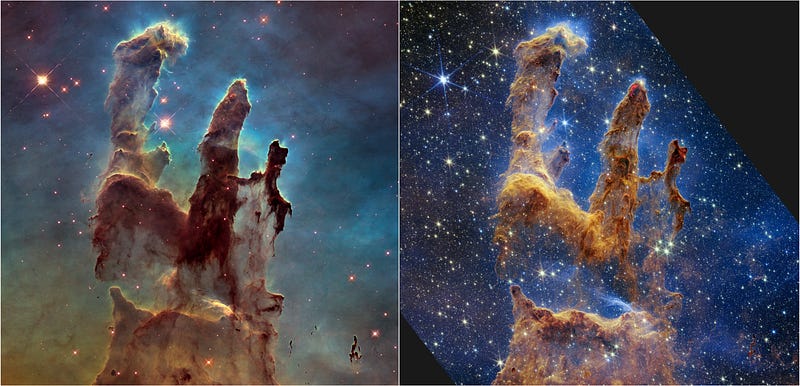
Webb’s near-infrared image reveals the same pillars in a semi-opaque, rusty red hue, surrounded by a dark blue and black backdrop filled with stars of various sizes. The contrast between Hubble’s and Webb’s imagery emphasizes the evolution of our understanding of star formation.
Collaborative Efforts in Understanding Galaxies
JWST is also enhancing our comprehension of galactic formations. The image of Stephan’s Quintet, for instance, highlights the intricate interactions between five galaxies.
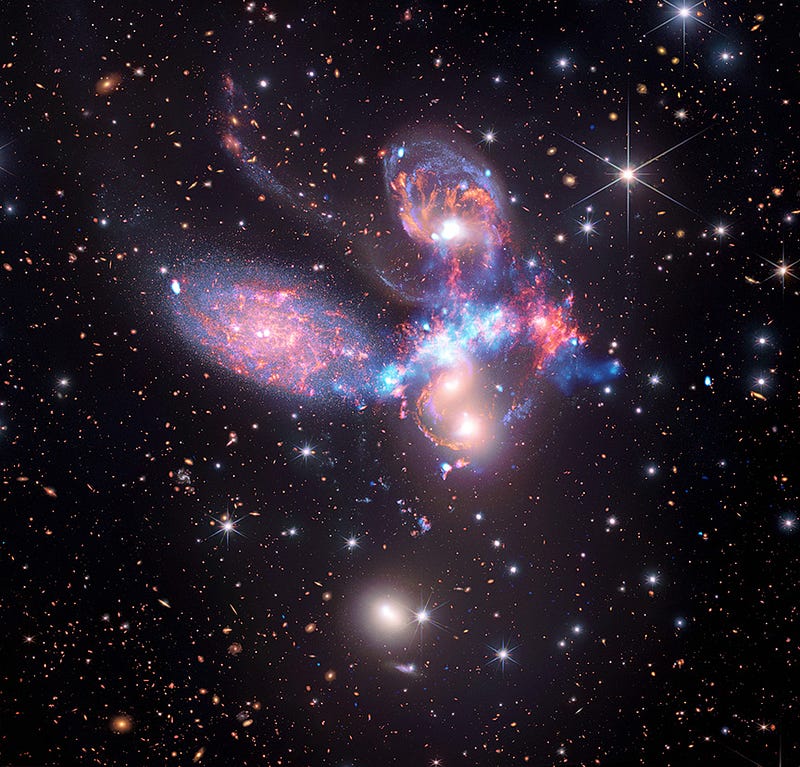
NASA states, “These fresh interpretations of Webb's first images meld infrared data with X-rays from NASA’s Chandra X-ray Observatory, illustrating how the capabilities of each telescope are amplified through collaboration.”
Real-World Applications of Space Exploration
Students inspired by Webb often delve into broader topics beyond just space travel. The cosmic realm holds potential dangers, including asteroid impacts and the future of space warfare, presenting real-world implications for space exploration.
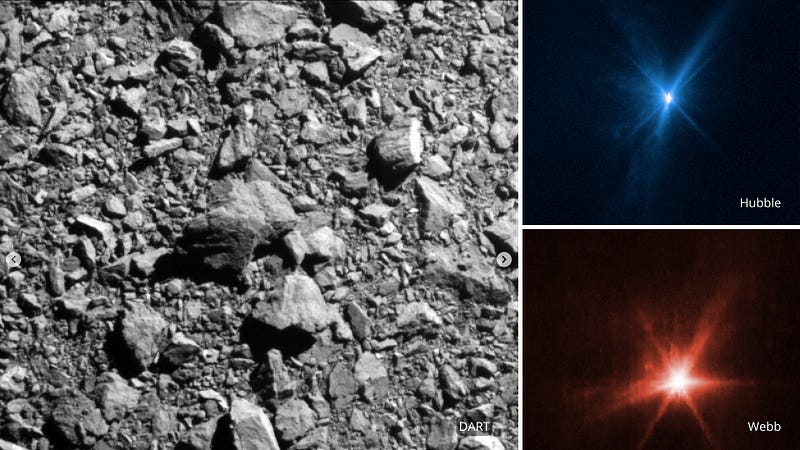
NASA highlights, “Webb and Hubble jointly observed the outcomes of the DART mission, which collided with an asteroid as part of a planetary defense test. This marked a historic first, showcasing both telescopes capturing the same target simultaneously.”
The Next Generation of Scientists
JWST’s journey has been intertwined with educational initiatives aimed at engaging students globally. Through art contests, poetry challenges, and a plethora of photographs shared online, NASA has made science appealing and accessible once again.
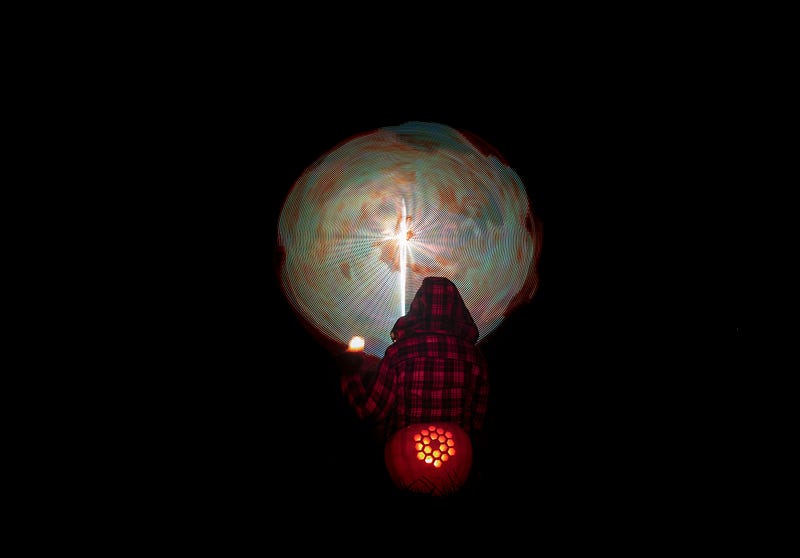
Whether it's through artistic expression or analyzing data from JWST, the next generation of scientists is being inspired to reach new heights.
The first video titled "Classic Sesame Street - Song: All Dressed Up (stereo)" reflects a nostalgic theme that resonates with the excitement of exploration and creativity.
In the second video titled "ALL DRESSED UP AND READY TO GO TO DISNEY," the theme of preparation for adventure mirrors the spirit of discovery that the James Webb Space Telescope embodies.